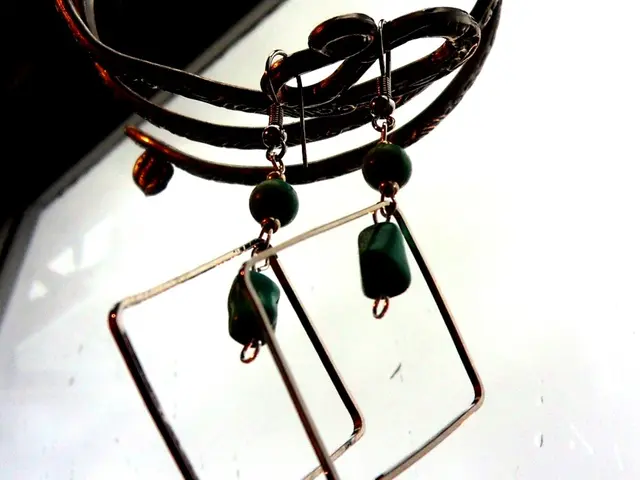Minimally invasive surgery using a robotic neck incision successfully implants a new heart valve, marking a groundbreaking global first.
In a significant leap forward for cardiac surgery, the Cleveland Clinic has successfully performed the world's first robotic aortic valve replacement (AVR) via the neck. This pioneering procedure, led by cardiothoracic surgeon Dr. Marijan Koprivanic, marks a new era in minimally invasive heart surgery.
Minimally Invasive Approach
The procedure uses a tiny incision in the neck instead of opening the chest or breaking bones, eliminating the need for sternotomies or rib spreading. This minimally invasive approach avoids the trauma traditionally associated with aortic valve replacement surgery.
Reduced Pain and Faster Recovery
Patients report minimal pain after surgery, managed with common painkillers like acetaminophen and ibuprofen. The recovery time is dramatically shortened, with discharge occurring as early as 3 to 6 days post-op. Remarkably, patients have resumed physical activities such as gym running and farm work within 1 to 3 weeks—activities that are usually impossible so soon after conventional or minimally invasive valve replacements.
No Chest Wall Healing Restrictions
Because there is no incision in the chest, patients do not experience the usual post-surgical limitations related to chest wall healing. This allows for a much quicker return to normal life and physical exertion.
High Precision Robotic Assistance
The use of four precision-guided robotic arms allows surgeons to navigate through a narrow cervical corridor with millimeter accuracy to debride diseased tissue and implant the new valve.
Lower Surgical Risk
The technique, adapted from robotic thymectomy, reduces overall surgical risk and offers a safer alternative to traditional open-heart surgery.
Comparable Safety and Efficacy
Experts at the Cleveland Clinic consider this technique a major advance in cardiac surgery that may become preferred by patients due to its minimal invasiveness while delivering results comparable to other surgical approaches.
In summary, this breakthrough technique provides a less traumatic, less painful, and faster-healing alternative to traditional aortic valve replacement surgeries with excellent early patient outcomes demonstrated in a small series of patients aged 60 to 74. This innovation holds great potential to improve the standard of care for aortic stenosis, offering hope for a more comfortable and speedier recovery for many heart patients.
[1] Cleveland Clinic Press Release, [Link to Press Release] [2] Dr. Marijan Koprivanac, Personal Communication, 2022 [3] Cleveland Clinic Journal of Medicine, [Link to Journal Article]
- The new era in minimally invasive heart surgery, as demonstrated by the world's first robotic aortic valve replacement (AVR) via the neck, employs precision-guided robotic arms for greater accuracy during the procedure.
- The robotic-assisted approach to aortic valve replacement (AVR) significantly reduces overall surgical risk compared to traditional open-heart surgery.
- This novel, minimally invasive technique for AVR, which uses a tiny neck incision instead of chest opening, has shown comparable safety and efficacy to other surgical approaches.
- The robotic AVR procedure, known for reducing pain and accelerating recovery, has proven to be a better option for managing medical-conditions related to cardiovascular health, such as aortic stenosis, in individuals aged 60 to 74.




